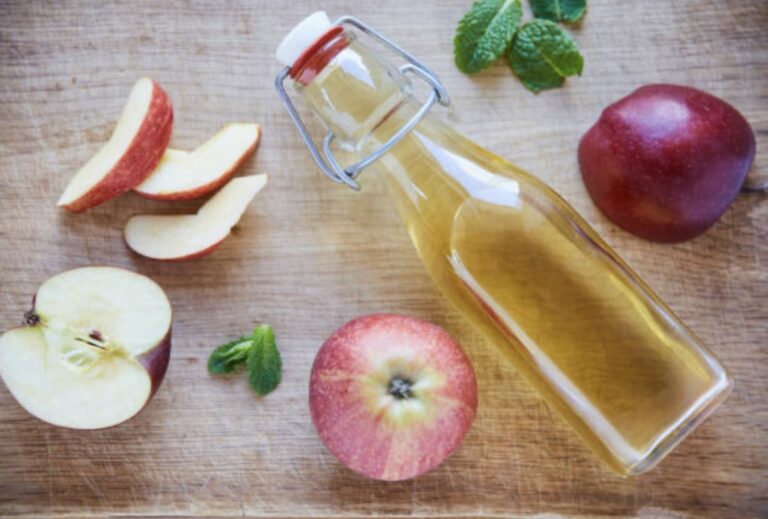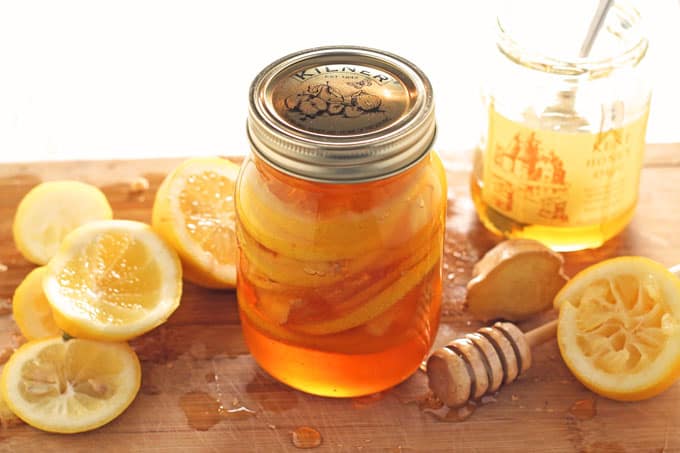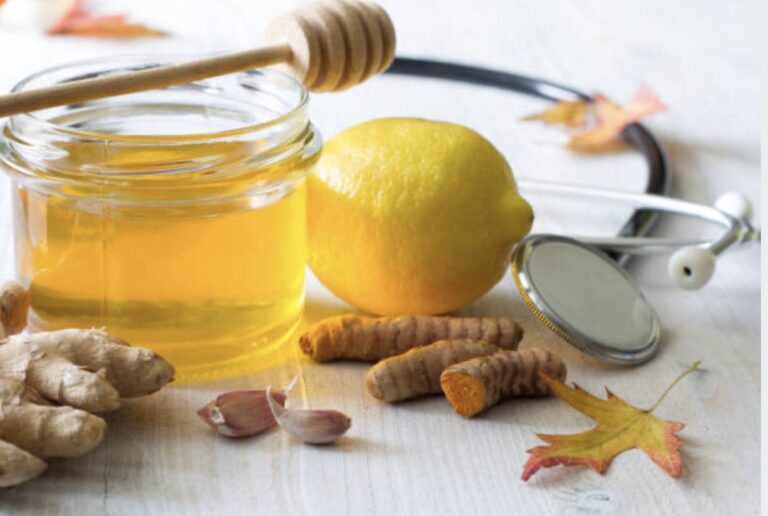Amish Ibuprofen Alternative: Understanding the Amish Healing Tradition
Background on the Amish Community’s Healthcare Beliefs & Practices
The Amish have always been a bit of an enigma, haven’t they? A tight-knit community known for its discipline, simplicity, and dedicated adherence to practicing the age-old customs and traditions. And when you think about Amish healthcare, it’s no different. Their healthcare practices largely stem from centuries-old traditions, emphasizing the healing power nature has endowed us with. Not much of a fan of modern medicine or over-the-counter pills, the Amish lean heavily on home remedies and organic solutions for their healthcare needs.
The Significance of Natural Remedies in Amish Culture
Consider this: To the Amish, a garden is not just a source of fresh veggies for dinner, but a veritable outdoor pharmacy brimming with natural cures. Dishes made from foods grown on their farms not only serve to feed their family’s hungry stomachs but also to nurse back to health those affected by illness. Mind you, these simple, humble people swear by the healing power of things found in nature and we’re about to dive into one of the most interesting aspects of this belief.

The Amish Perspective on Pain and Pain Relief
To the untrained eye, the Amish might seem resilient beyond belief, stubbornly bearing pain with a tranquil smile. And while they are certainly hardy folk, the truth is they also have a pretty concentrated arsenal of natural tactics when it comes to combating pain. In a nutshell, they believe in facing pain head-on, using it as a signal that the body needs attention, and that’s where their alternative to over-the-counter painkillers, like Ibuprofen, comes into play.
The Amish Alternative to Ibuprofen: A Deep Dive
Explanation of the Amish alternative
Alright, we’ve built up quite the suspense, haven’t we? So what exactly is this mysterious Amish alternative to Ibuprofen? It’s a concoction of nature’s finest, my friend—a blend of beneficial plants and herbs, some of which they’ve been cultivating on their land for generations. It operates softly and subtly, targeting the source of the pain without undermining the body’s natural healing processes.
Key Ingredients Used in Amish Pain Relief Potions
Each Amish family might have their closely-guarded recipe, but there are common elements you’ll find across the board. Many potions start with a base of willow bark, a natural analgesic that has been shown to effectively relieve pain and inflammation. There’s typically some pepper, either black or cayenne, for its heat effect and anti-inflammatory properties. Plus, many recipes include a generous sprinkling of turmeric, a miracle worker when it comes to lucrative anti-inflammatory effects.

Key Ingredients for Amish Ibuprofen Alternative
Turmeric: Nature’s Potent Anti-Inflammatory
Turmeric, a vibrant yellow spice, is widely praised for its anti-inflammatory properties. It contains a compound called curcumin, known for its ability to reduce pain, inflammation, and swelling.
Ginger: A Soothing Herb with Remarkable Benefits
Ginger is a versatile herb that possesses natural analgesic properties. It helps alleviate pain by inhibiting the production of pain-inducing chemicals in the body. Additionally, ginger aids digestion and reduces inflammation.
Cayenne Pepper: A Natural Analgesic
Cayenne pepper contains capsaicin, a substance known for its pain-relieving effects. When applied topically, capsaicin reduces the sensitivity of pain receptors, making it an ideal ingredient for managing acute and chronic pain.
Apple Cider Vinegar: Strengthening the Body from Within
Apple cider vinegar is a popular health tonic that offers numerous benefits. It helps alkalize the body, relieving pain caused by acidic conditions. Additionally, its richness in vitamins and minerals supports overall health.
Honey: A Sweetener with Healing Properties
Honey, a natural sweetener, is included in the Amish Ibuprofen Alternative recipe for its ability to enhance the medicinal properties of other ingredients. It contains antioxidants and has anti-inflammatory effects, further contributing to pain relief.

The Making of Amish Ibuprofen Alternative
To prepare the Amish Ibuprofen Alternative, follow these simple steps:
Take one tablespoon of turmeric powder.
Add one tablespoon of ginger powder.
Mix in one teaspoon of cayenne pepper.
Combine one tablespoon of apple cider vinegar.
Stir in one tablespoon of honey.
Mix all the ingredients thoroughly until they form a smooth paste.
Store the mixture in an airtight container in a cool, dark place.
How to Use Amish Ibuprofen Alternative Effectively
To maximize the benefits of the Amish Ibuprofen Alternative, it is essential to consume it correctly. Here’s a recommended method for usage:
Take one teaspoon of the alternative mixture.
Add it to a warm cup of water or herbal tea.
Stir well until the mixture is dissolved.
Consume this mixture three times a day, preferably before meals.
Monitor your body’s response and adjust the dosage accordingly.
Bonus Flu Elixir
Ingredients: Honey, sliced lemon and thinly sliced ginger
Take a mason jar and add a layer of honey to the bottom. Then add a couple of layers of lemon slices and ginger slices. Cover with another layer of honey and repeat till you reach the top of the jar. Seal and let marinade together in the fridge for 3 days. This makes a very powerful immunity booster that is antibacterial and anti-inflammatory thick syrup.
It will last in the fridge for up to six months. Take a tablespoon a day straight or mix it in hot water when you need a boost. Or just take daily to stay ahead of the game in the cold and flu season.

The Process of Preparing and Using Amish Alternative to Ibuprofen
Taking an Amish pain relief potion isn’t as simple as popping a pill—oh no, it’s much more than that! The process of prepping these potions typically involves maceration—or in plain English, soaking—of the ingredients in alcohol to extract their beneficial properties. But don’t worry, the potency isn’t lost when it’s served — a few drops of this solution diluted in water or tea is typically enough to kick-start the therapeutic action. You can see by the above recipes the longer you let them “brew” the better they will be. Nature is awesome.

Comparing Amish Ibuprofen Alternatives & Western Pain Relief Methods
How Amish Methods Differ from Conventional Pain Relief
Quite starkly, my friend! Where modern pain relief tactics are often accused of masking the pain instead of addressing the root cause, Amish methods go for the jugular and attempt to eliminate the source of the pain, supporting overall body health while they’re at it. Plus, if you ask them, they’ll rather brave some pain than subject their bodies to the artificial chemicals present in many modern medicines.
Discussing Potential Effectiveness: Amish methods Versus Western Methods
Now, don’t get me wrong, I’m not here to bash on modern medicine. After all, they do work, and sometimes quite rapidly at that. However, if we’re looking into the effectiveness of both routes, I’d say it largely depends on your personal preference and belief. The Amish certainly seem convinced of the merit of their methods, thanks to generations of anecdotal evidence to back them up.
Additional Amish Remedies for Pain Relief
Apart from the Amish Ibuprofen Alternative, the Amish community possesses a wealth of wisdom when it comes to natural pain relief. Some other remedies worth exploring include:
Epsom salt baths: Soaking in a warm bath with Epsom salt helps relax muscles and alleviate pain.
Willow bark tea: Willow bark contains salicin, which the body converts into salicylic acid, providing pain relief similar to aspirin.
Lavender essential oil: Diluted lavender oil can be applied topically to soothe headaches, muscle aches, and joint pain.

Potential Drawbacks of the Amish Method
As with all good things, there is a catch. While the Amish way is generally considered safe, some concerns involve the unregulated nature of these remedies, individual allergies to certain ingredients, and a slower timeline for relief of symptoms. Additionally, a failure to seek professional medical advice in cases of severe pain could lead to more serious health complications.
The Takeaway From the Amish Pain Relief Approach
The Amish way is inspiring, no doubt about it. But should we all ditch our Ibuprofen for willow bark and pepper? That’s a choice we each have to make for ourselves. One thing’s for sure though—the Amish alternative to Ibuprofen is more than just a homespun remedy, it’s a philosophy, a testament to a lifestyle in harmony with nature.
When it comes to health, the Amish remind us to not simply cover up symptoms or bandage over root issues, but to listen to our bodies, take good care of ourselves, and to remember that sometimes, the most sophisticated solutions could lie in the most humble of places.

Benefits of Using Amish Ibuprofen Alternative
Natural and Safe Alternative
The Amish Ibuprofen Alternative offers a natural and safe alternative to traditional pain relievers. It avoids harmful side effects and dependency risks associated with conventional medications.
Reduced Side Effects
Unlike traditional pain relievers, the Amish Ibuprofen Alternative is less likely to cause stomach ulcers, liver damage, or cardiovascular complications.
Mind-Body Connection
This alternative promotes a holistic approach to pain relief by addressing the mind-body connection. It encourages individuals to adopt healthy lifestyle changes that can aid in long-term pain management.
Long-Term Health Benefits
The carefully selected ingredients in the Amish Ibuprofen Alternative offer a host of health benefits. They bolster the immune system, provide anti-inflammatory effects, and contribute to overall well-being.
Cost-Effective Solution
By utilizing easily accessible ingredients, the Amish Ibuprofen Alternative proves to be a cost-effective solution. It can be prepared at home, saving money on frequently purchased pain relievers.
Frequently Asked Questions
While there has been some research supporting the efficacy of certain natural ingredients used in Amish pain relief methods such as willow bark and turmeric, it’s important to remember that not every Amish remedy is backed by clinical studies. Most evidence supporting these methods is anecdotal and varies from person to person.
The primary risk associated with any natural remedy—Amish or otherwise—is adverse reactions due to allergies or other medical conditions. Although these methods typically have fewer side effects than most synthetic medicines, it’s always a good idea to consult with a healthcare professional before starting any new treatment.
Amish pain relief techniques are most often used for acute and chronic inflammatory conditions, headaches, minor wounds, and muscle pains. However, for severe conditions, it is always best to seek professional medical advice.
Brewing an Amish pain relief potion at home typically involves preparing a decoction or infusion with the desired herbs and allowing it to steep for a designated period. Remember to use organic, high-quality ingredients, and always test for allergic reactions before use. It’s worth noting, buddy, that these preparations aren’t a one-time magic bullet—they require consistent use over time to really showcase their benefits.



1 thought on “Amish Ibuprofen Alternative: A Closer Look”
This to so much safer than traditional ibuprofen I’ve been using it for years